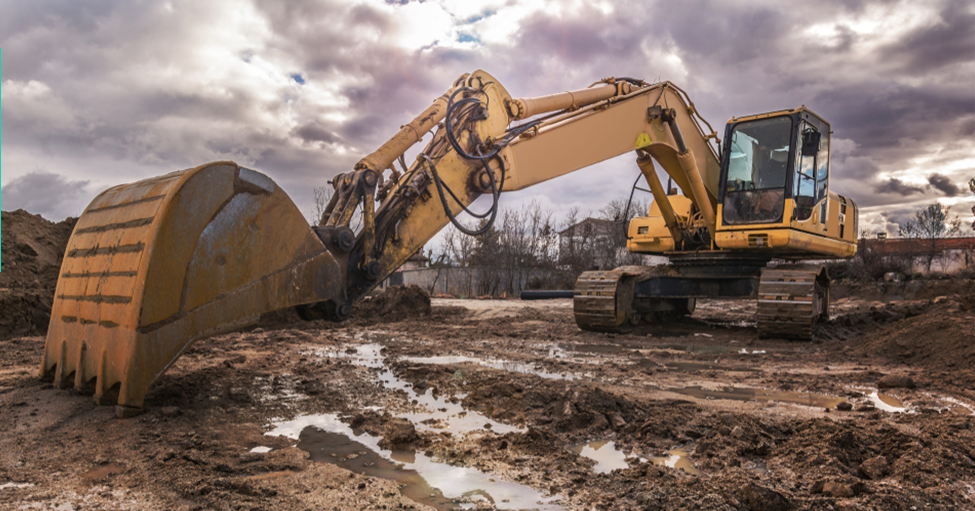It’s official. The disruptive La Niña weather pattern has returned on the tail of two others, according to the Bureau of Meteorology (the BoM). It tends to bring cooler, wetter weather and often floods.
During spring and summer, expect to see this pattern delivering above-average rainfall for Australia’s east and north. The BoM’s modelling indicates the peak will hit in spring.
East coast storms and floods in the past two years led to almost $6 billion in insurance payouts. Climate change also exacerbated the damage bill, says the Climate Council.
It’s worth preparing for this pattern, so let’s examine what your construction business can do to prepare.
What La Niña means for the sector
Construction companies accounted for more than a quarter of business insolvencies in Australia in 2021. This was mainly due to the escalating building costs, interest-rate rises, supply chain woes, skilled worker shortages as well as the extreme weather events.
According to an industry report, Australia’s construction industry contracted in size in the three months to the end of August. The latest La Niña weather pattern adds more concern for the construction sector looking to recover.
For builders, La Niña increases the chances of:
- Rain delaying projects, resulting in
- Schedule blowouts – time and cost-wise
- Reducing cash flow to pay trades and suppliers.
For example, Sunshine Coast builder Joe McGuirk told ABC News Online that a rainy day could cost up to three weeks if it falls on the wrong day, such as when he’s doing a pool dig. Another builder estimates La Niña cost them 15% of their annual turnover last year. Due to the wet weather conditions, they had to reschedule their work up to six times.
Mitigate wet-weather hazards
These are the main risks construction businesses must manage on their worksites:
- Excavation or trench collapses
- Sediment runoff from your worksite into storm drains and local water systems
- Slip, trip, and fall hazards due to mud and water-logged soil
- Loss of control of portable plant such as cranes, elevated work platforms, etc., and
- Taking any electrical equipment that may have been water damaged out of service, so it can be inspected, tested, and made safe.
As part of your start-of-workday risk assessment, inspect your worksites to ensure the ground is stable, and the foundations are secure, advises Worksafe Victoria. Ideally, mark the soft ground with flags, bollards, or top with crushed rock until it dries out. As well, get help to recover bogged equipment. Your employees shouldn’t work alone and should have a phone or radio for communication.
Set up measures to control sediment loss. Consider that a large construction site could lose up to four truckloads of soil in just one storm event, says the NSW Environment & Protection Authority.
Set realistic client expectations
Give yourself some flexibility with building schedules, applying the following:
- Have contingencies in place
- Don’t over commit
- Communicate with your suppliers, trade contractors, and clients transparently and regularly
- Deal with disputes promptly and diplomatically
- Avoid fixed-price contracts where possible because otherwise, you’ll be out of pocket in the current business climate.
Contract works insurance
Another essential way to manage your risks in the face of La Niña is to invest in construction works insurance. Also known as contract works, it protects you during your build project for:
- Storm
- Hail
- Cyclone
- Flood
- Accidental damage
- Fire
- Theft
- Malicious damage.
In essence, you’ve covered for legal liability and material damage. As well as providing cover for losses to the build project caused by insured events, it can also include public and product liability cover. Construction works insurance helps you deal with a broader range of risks than a wet weather pattern policy.
We can tailor a policy to suit your unique business needs.

